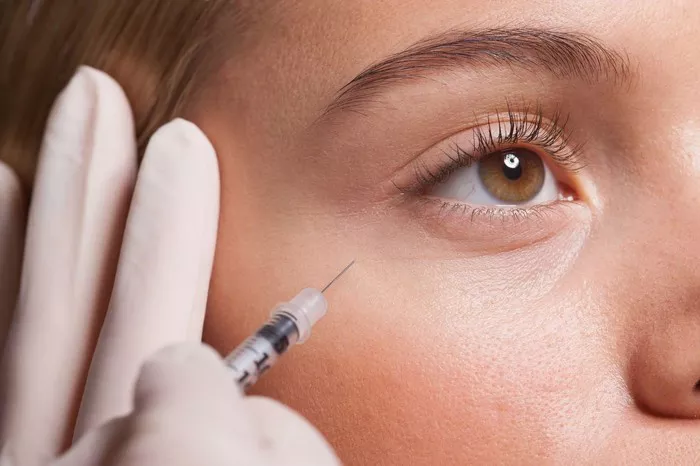Lower blepharoplasty, also known as lower eyelid surgery, is a cosmetic procedure that helps to improve the appearance of the lower eyelids by removing excess skin and fat. This procedure is designed to create a more youthful and refreshed look around the eyes. If you’re considering lower blepharoplasty, it’s important to understand what to expect after the procedure.
In this article, we’ll break down what you can expect during the recovery process after lower blepharoplasty, including potential side effects and how to care for your eyes to ensure the best possible results.
The First Few Days After Surgery
Immediately after lower blepharoplasty, you may experience swelling, bruising, and discomfort around the eyes. You will likely have bandages or compresses placed over the eyes to reduce swelling and promote healing. It’s important to follow your surgeon’s instructions regarding how long to wear these bandages and when to remove them.
You may also be prescribed pain medication to help manage any discomfort you may experience during the first few days after surgery. Be sure to take this medication only as directed by your surgeon and avoid any aspirin or products containing aspirin, which can increase your risk of bleeding.
It’s normal to experience some degree of blurry vision or eye fatigue during the first few days after surgery. This is usually temporary and should resolve on its own within a few days.
Caring for Your Eyes After Lower Blepharoplasty
During the recovery period, it’s essential to take good care of your eyes to ensure proper healing and the best possible outcome. Here are some tips for caring for your eyes after lower blepharoplasty:
-
Apply Cold Compresses
Applying cold compresses to your eyes several times a day can help reduce swelling and discomfort. Use a clean cloth or ice pack wrapped in a towel and apply it gently to the eyes for 10-15 minutes at a time.
-
Sleep with Your Head Elevated
Sleeping with your head elevated can help reduce swelling and promote healing. Use pillows or a recliner to keep your head elevated while you sleep.
-
Avoid Rubbing Your Eyes
Rubbing your eyes can increase your risk of infection or complications. Avoid rubbing your eyes and avoid any activities that could cause trauma to the eye area, such as swimming or contact sports.
-
Use Eye Drops as Directed
If your surgeon has prescribed eye drops, be sure to use them as directed to prevent dryness, irritation, or infection.
-
Follow Your Surgeon’s Instructions for Activities
Your surgeon will provide you with specific instructions on when it’s safe to resume normal activities such as driving, exercise, or returning to work. Be sure to follow these instructions carefully to avoid complications.
-
Attend Follow-Up Appointments
It’s important to attend all follow-up appointments with your surgeon to ensure proper healing and monitor for any potential complications. Be sure to report any concerning symptoms such as increased pain, redness, or discharge to your surgeon immediately.
Potential Side Effects of Lower Blepharoplasty
As with any surgical procedure, lower blepharoplasty comes with some potential side effects and risks. Some common side effects include:
- Swelling and Bruising: Swelling and bruising around the eyes are common after lower blepharoplasty and usually resolve within a few days to a week.
- Dry Eyes: Some patients may experience dry eyes after surgery, which can be managed with eye drops or ointments as directed by your surgeon.
- Blurred Vision: Blurred vision is common in the first few days after surgery but should resolve on its own within a few days.
- Infection: While rare, infection is a potential complication of any surgical procedure. Proper wound care and following your surgeon’s instructions can help reduce your risk of infection.
- Scarring: While lower blepharoplasty is designed to minimize scarring, some patients may develop visible scars. However, these scars usually fade over time and become less noticeable.
It’s important to discuss these potential side effects and risks with your surgeon before undergoing lower blepharoplasty and to follow all post-operative instructions carefully to minimize the risk of complications.
Conclusion
Lower blepharoplasty can be an effective way to improve the appearance of the lower eyelids and create a more youthful and refreshed look around the eyes. During the recovery period, it’s essential to take good care of your eyes and follow your surgeon’s instructions carefully to ensure proper healing and the best possible outcome.
Be sure to report any concerning symptoms or complications to your surgeon immediately and attend all follow-up appointments to monitor your progress. With proper care and attention, you can expect to enjoy a more rested and youthful appearance around your eyes after lower blepharoplasty.

